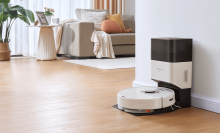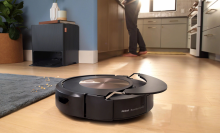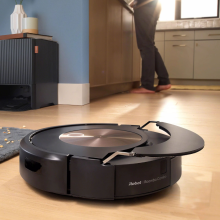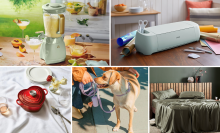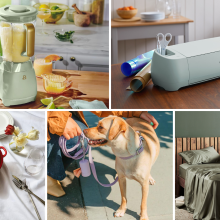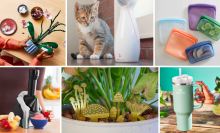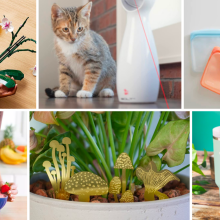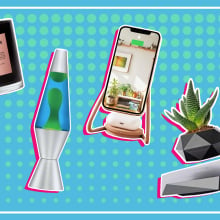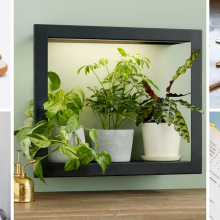It would come as a surprise to more people than you think that "roomba" actually isn't the generic term for a robot vacuum. The interchangeability is nearing Band-Aid territory, exemplifying just how iconic iRobot's impact has been on the world of small household appliances.
That can be attributed to the fact that iRobot has consistently been delivering some of the most reliable robot vacuum models for two decades. More than 20 Roombas have come out since the first one hit homes in 2002, but tracking the best Roombas isn't so chaotic when you consider that only a handful of those models are actually relevant at the time of your shopping.
How to tell the difference between the Roomba models
Memorizing the differences between random numbers and letters in a Roomba's title certainly isn't necessary. However, there are some general classification themes that make the Roomba family easier to tell apart.
When shopping for a Roomba, you'll really only be choosing from what we call iRobot's core lineup: the group of three to five Roomba series that are currently listed on iRobot's website. Any Roomba whose title includes a letter with a number (like j9+ or i5) is more advanced than a Roomba with just numbers in the title (like 692). The j Series is iRobot's most advanced right now, followed by the s Series, i Series, and then the 600 Series. A plus sign (like j9+) denotes that the model comes with a self-emptying dock. Check our FAQ for more details on Roomba classification.
What is the most recommended Roomba vacuum?
Naturally, there is one Roomba that is technically "the best:" the best at cleaning, the best at navigating, and the best at being self-sufficient. But which Roomba is categorically the best may not be the best Roomba for every household, especially when price tags come into play. We've created a 2024 Roomba comparison guide to help you pinpoint which Roomba would work best for your home's size, floor type, pet situation, and more.

